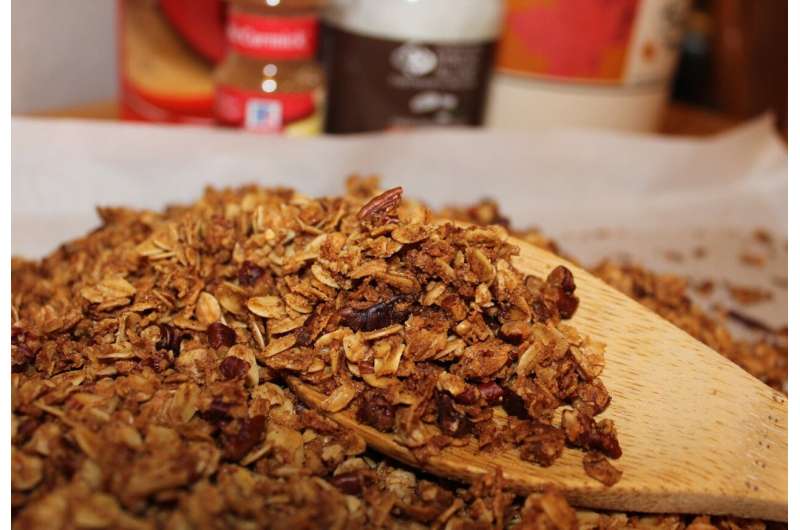This article has been reviewed according to Science X's editorial process and policies. Editors have highlighted the following attributes while ensuring the content's credibility:
fact-checked
reputable news agency
proofread
Dietitian answers questions on probiotics

Brian S., from Lincoln, asks, " Can you please provide some trusted clinical studies, books or journals that have to do with how pre- and probiotics are not destroyed by stomach acids or shelf life in order to actually be useful for improved gut-biome health? What is a best practice for the amounts and types of live micro-organisms?"
I'm not sure anyone has all the answers to your questions, Brian. One of the reasons is that the number of bacteria—both good and bad—that reside in our digestive tracts probably exceeds the national debt. To discover from these trillions of microorganisms which particular genus (such as Lactobacillus ), species (such as acidophilus) and strain (such as NCFM ) is best for each individual health condition is extremely tricky. Plus, each of us has a unique collection of these various organisms.
As you mentioned, it's important to know that the product you swallow is going to still be alive after it makes its way through our digestive tract. You can begin by checking the number of CFU's (Colony Forming Units)—live organisms—a product contains. Scientists are also studying the use of various capsules to help probiotics survive the trip through stomach acids.
Look for brands that have research to back them up for the specific reason you are looking for. Activia probiotic yogurt, for example, provides more than 18 clinical studies to back up the specific culture used in their products marketed for digestive health.
Other good resources include the International Scientific Association for Probiotics and Prebiotics and the International Probiotics Association, which publishes guidelines for the manufacturers of these products.
Remember too, that we can find these good substances in our diet. Probiotics survive on prebiotics—substances found in the fiber portion of the foods we eat. So these prebiotic "fermentable fibers" feed the probiotic beneficial bacteria in our guts. And everyone is happy.
Foods with beneficial bacteria (probiotics) include yogurt, kefir, sauerkraut, tempeh and kimchi. Good sources of fermentable fibers (prebiotics) include dried beans and other legumes, garlic, asparagus, onions, leeks and other plant foods.
2024 MediaNews Group, Inc. Distributed by Tribune Content Agency, LLC.




















